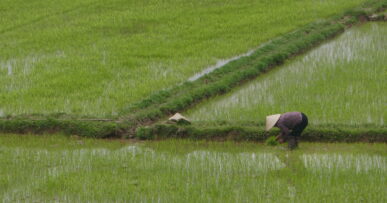In this article you will find information about the western Chinese region of Xinjiang: What’s going on there and some tips about what to expect when you go visiting it
“For quite a long time we thought about whether it was safe for us to say what we saw in Xinjiang or not, whether we should do just a classic travel blog article or not, whether we should be truly honest with whoever reads this article or not. We concluded that, once exited China, we must honestly say what we saw and we experienced in the far west of China because just speaking about it may contribute to stop the brutal oppression occurring over there…”
What is Xinjiang and what’s going on over there
Located in the far west of China, at the border with Kazakhstan, Kyrgyzstan and Tajikistan, the Xinjiang Uygur Autonomous Region or, simply, Xinjiang is a massive region (it’s bigger than Iran), mostly desertic, with a great historical importance. The region was firstly included in the Chinese territory by the Han dynasty (II century B.C.) that was trying to protect the new commercial routes, along which silk was exchanged with strong Central Asian horses, necessary to protect the Chinese lands from the Mongols’ invasions. Over the centuries the border changed a lot but, in the VIII century the Uighur kingdom took the control of the region and, around the XII century, Islam spread through it.

In the XIII century, as half of the known world at the time, Xinjiang felt under Mongols’ control and the nomads maintained control of the region until half of the XVIII century, when the Manchu army conquered the remote western region. An attempt led by Yaqub Beg to declare the independence of Xinjiang (1865) didn’t end up well, since the Chinese army reconquered the region just after 20 years. With the end of the Qing dynasty (1911), Xinjiang felt initially under the control of local warlords against whom the government could do almost nothing and a few unsuccessful attempts, some of them supported by the Soviet Union, were made in order to obtain the independence of the region. However, in 1949, Xinjiang was definitely incorporated into the People’s Republic of China.
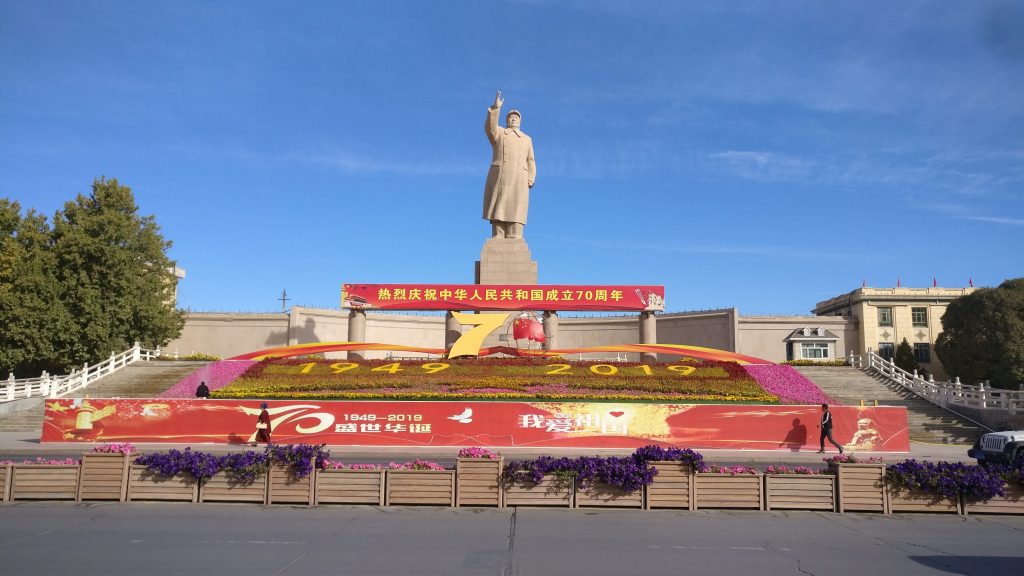
Since then, the Chinese government has tried to annihilate separatist sentiments and weaken local culture by promoting settlement of Han (the predominant ethnic group in mainland China) colonies in the western region. According to some sources, the Uighurs (Muslim ethnic group native of Xinjiang region) passed from representing the 90% of the Xinjiang population to less than 50% over just 70 years. This contributed to exacerbate ethnic conflicts that manifested themselves in several occasions among which the Urumqi riots in 2009 and terrorist attacks in 2014. The reaction of the Chinese government was brutal and absolutely “no mercy” at all was shown to local people. Mass detention camps were instituted in order to “re-educate” (or brainwash) those people the government claim to be terrorists but, in reality, hundreds of thousands of people, sometimes not related with terrorist organisations (some of them because had just a “suspicious” long beard), were forcibly detained without any kind of trial. Little is known about what’s going on in the camps but the Chinese government has been heavily criticised by several international organisations and governments for not respecting human rights. Even though estimates are not fully reliable, according to some sources there are up to a million people (mostly Uighur but not only) interned over 500 camps in the region. The Chinese government doesn’t seem to be concerned of the international pressure but it’s actually implementing its repressive policy at higher speed rate. Thus, an improvement of the situation doesn’t seem likely in the next future.
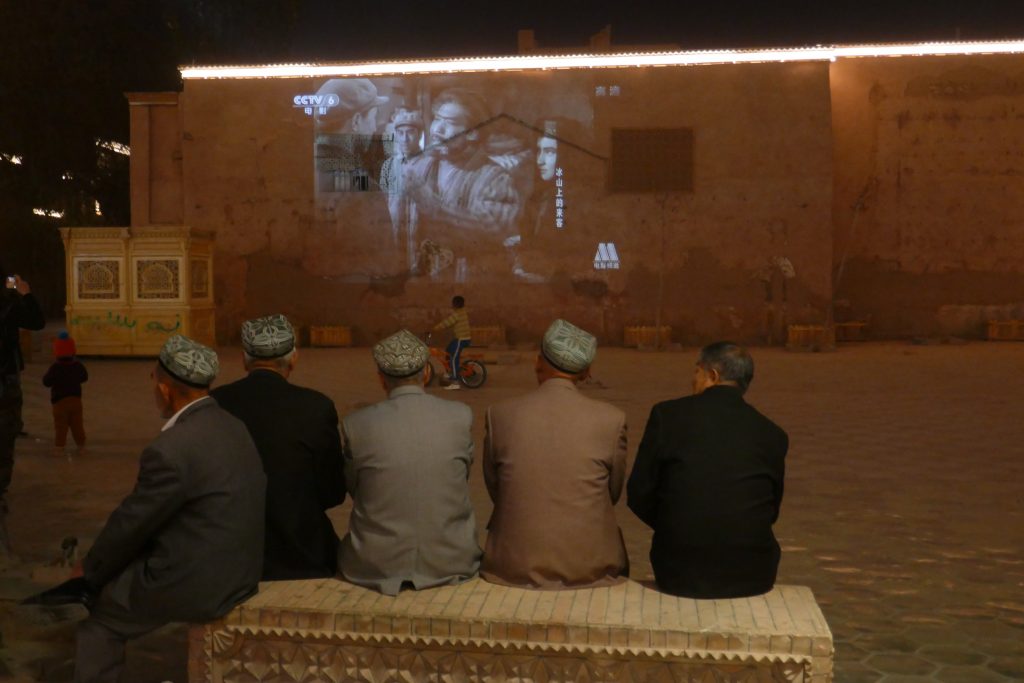
What you should expect when you decide to go visiting Xinjiang
Here 11 things that you need to be aware of when you want to visit Xinjiang:
- If you come from Kyrgyzstan (Irkeshtam border), Chinese guards may install surveillance apps on your phone. They didn’t do it to us but we met an Australian guy who had the app installed.
- In between the Irkhestam pass border and Ulugqat you will see several of the “re-education camps”. Don’t take pictures, they will check your phone/camera again. Don’t forget that, even though you are already inside the Chinese territory, your passport hasn’t been stamped yet so they may refuse your entry. In addition, every Uighur car (our taxi driver was Uighur) in Xinjiang has got a GPS, camera and microphone inside so they will probably know if you haven’t done something “illegal”.
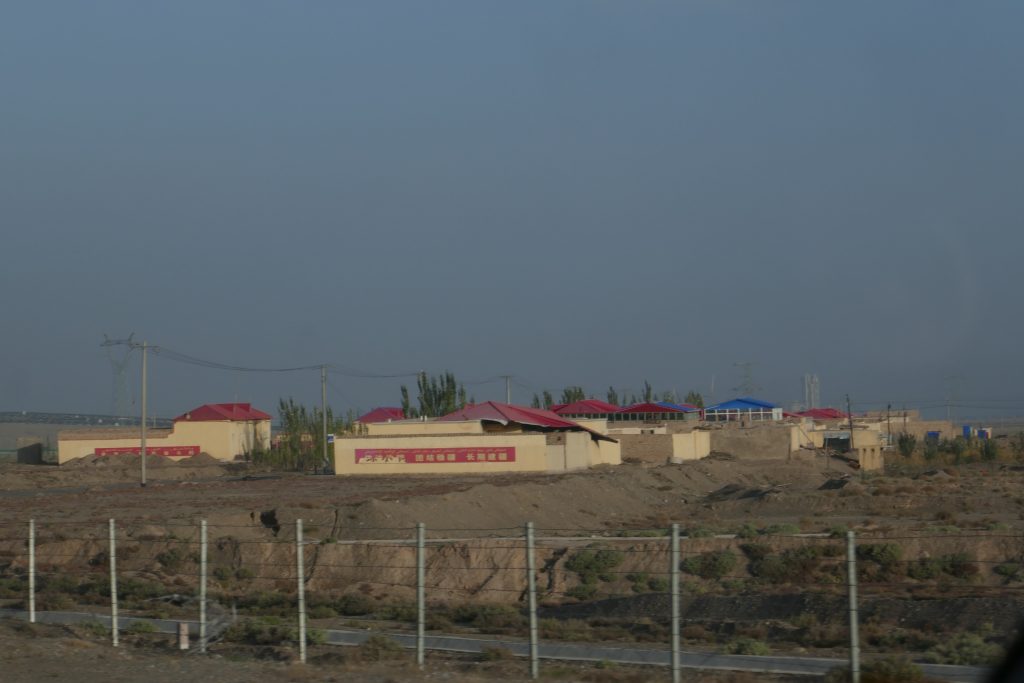
- Expect armed guards everywhere. Inside our hostel in Kashgar, there was always a guard with bullet proof jacket, a helmet, a sort of shield and a rifle.
- Wherever you go, you will have to go through metal detectors and strict controls. Most of the shops and all the malls have got a metal detector at the entry and armed guards. In addition, in sensitive places, such as bus or train stations, you will have to go through airport-style controls. They may open your bag and take any potentially harmful object (they took nail scissors from us)
- There are several checkpoints both in the city (more in the south than in the north of the region) and along the main roads/ highways. They will register your passport and, occasionally, they will take a picture of you as well.
- It’s better to travel by train so that you avoid some of the numerous checkpoints.
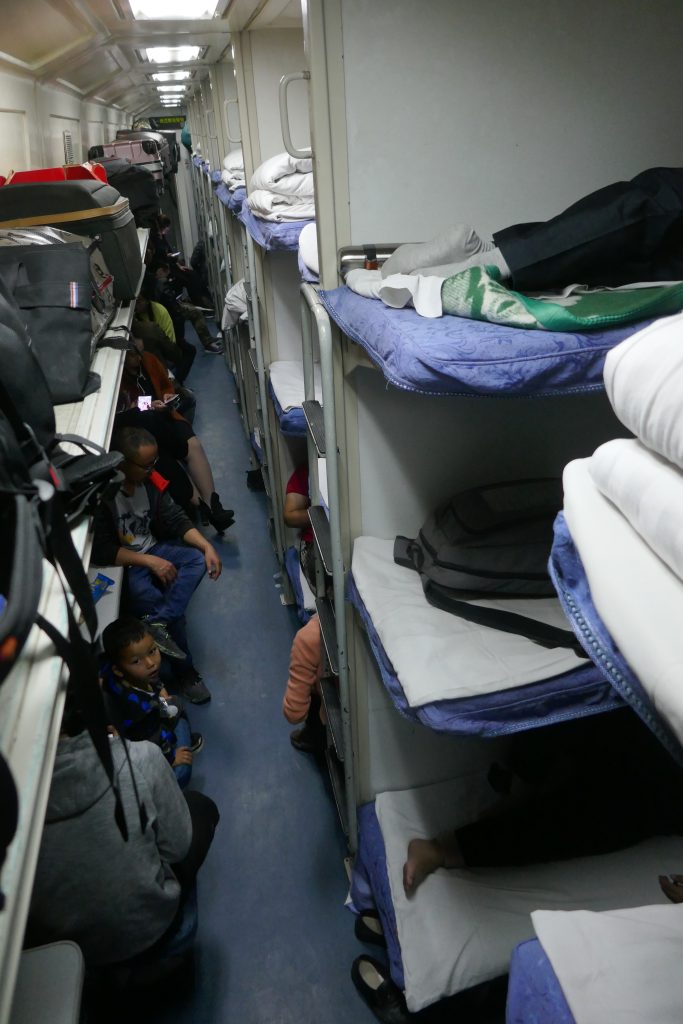
- When you leave or arrive at any train/bus station in Xinjiang, you will have to be registered. They may wait for all Chinese people to go out then they will process your documents. It may take a while, be patient!
- CCTV cameras are everywhere! In Kashgar in particular, the number of cameras is just ridiculous, they will continuously take pictures (with flash) of you and other people.
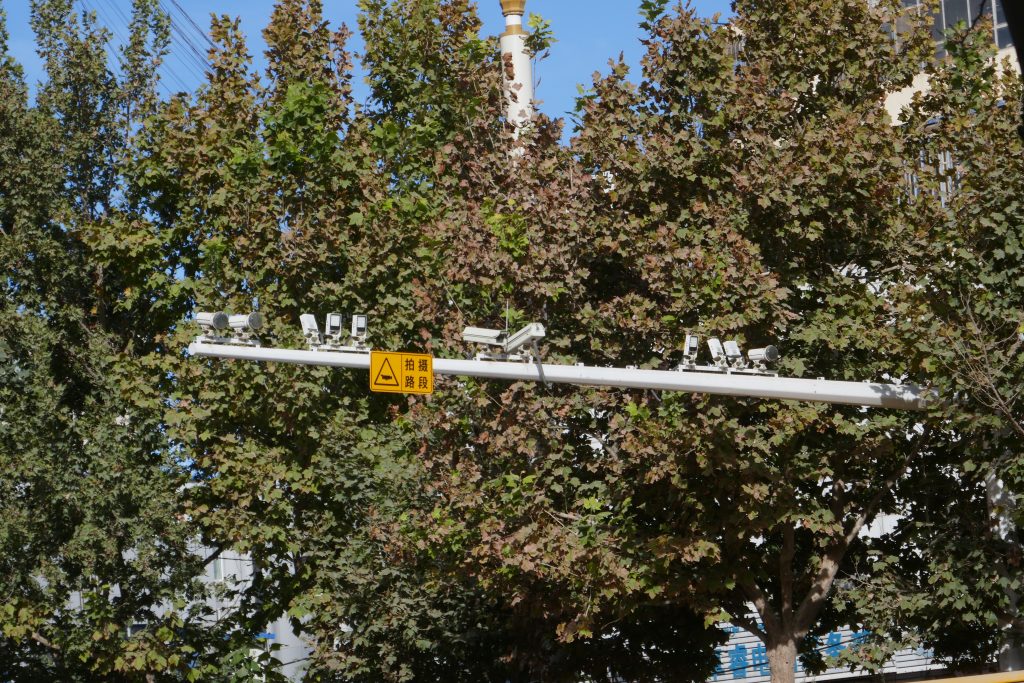
- The access to certain areas may be restricted.
- The number of hotels/hostels accepting foreigners sometimes is very limited.
- Timetables are confusing. Despite the official one is the Beijing time, occasionally people use the Xinjiang one (there are two hours difference). Always double check what time zone they are referring to. Public transports always use the Beijing time!



